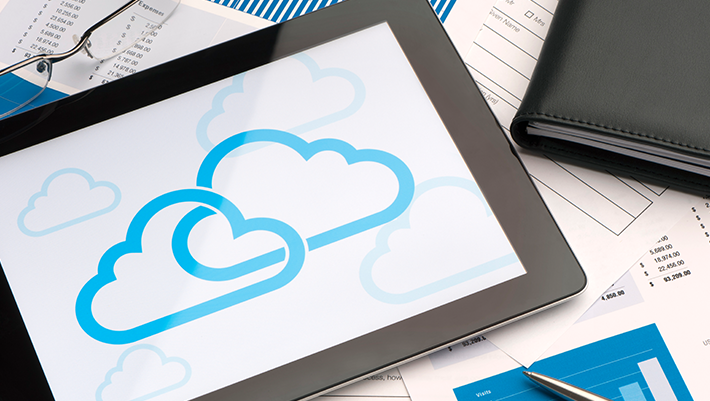
Some top tips to live mindfully
Dr. Tamara Russell
When we are mindful, we take care. We are alert to what is going on and pay attention, in a kindly and nonreactive way. This is so we can live in a flexible and open way, maximize our enjoyment of life and navigate life’s challenges and chores with ease and efficiency.
In this blog, you will learn
- The importance of an Alert/Relaxed body and mind
- How to make every transition a mindful one
- Two key areas of life where you can apply this right now

Think of the “mind the gap” sign on the London Underground. What does this sign ask us to do? It asks us to hold in mind the possibility of future harm as we step over the gap and onto the train. If we take a bit more care and pay a bit more attention, we can be sure that we will reach our destination safely.
If we hold this possible future harm in mind too energetically, we may become fearful and panic. Over-thinking and picturing what could happen may compromise our ability to navigate the gap successfully and increase the chance of errors.
However, if we don’t hold it in mind firmly enough, because we are distracted by our smartphones for example, we might be careless and make an error. We need to be somewhere in between, both alert and relaxed as we navigate the world. This will help us use our energy wisely and for things that really matter most to us.
Train to be Alert and Relaxed in Body and Mind
With this exercise, there are benefits for your posture as you train your mind. Use the Alert/Relaxed guided audio to train this new type of body awareness. You can practice this sitting, standing or walking. Work with the body first, to support developing Alert/Relaxed as a state of mind.
Try Alert/Relaxed Commuting
The commute is a great place to experiments moving through your environment in an Alert/Relaxed way. Manage your state as you commute and transition between locations using this Transitional Pause audio or the worksheet. This will help minimize the damaging effects commuting has on the mind and body.
According to Time Health there are 10 things a long commute does to your body:
- Your blood sugar rises
- Your cholesterol is higher
- Your depression risk rises
- Your anxiety increases
- Your happiness and life satisfaction decline
- Your blood pressure temporarily spikes
- Your bood pressure rises over time
- Your cardiovascular fitness drops
- Your sleep suffers
- Your back aches
On your next transition, for example travelling to and from work, school, home and/or the shops, try the following to maintain physical and emotional health as you go about your day:
- Before you move off, pause and tune into your body, just as it is.
- Elongate and grow tall through the spine as best you can. Adjust your body so your posture is both alert and relaxed.
- Mentally check in with where you are going next and the primary intention of this next activity.
- Move into this activity in an Alert/Relaxed mode, focused yet flexible.
This video from Transport for London also gives some idea of the emotional rollercoaster that can be your journey to work and tips on how to Share the Road. A more advanced use of the Transitional Pause is to use it as a tool to learn more about the whole range of human emotions that can be triggered whilst commuting.
Try Alert/Relaxed Computing
This Digital Junkie video shows the full extent how technology impacts on our attention and thinking abilities. While it’s helpful to have some unplugged time, at work this is rarely possible. To counteract the attention-sapping, automatic, stress-creating tech habits that seem to be driving us, mindful awareness is key.
Being alert and relaxed as you engage with technology will make the whole experience much less stressful. Train your observation skills in your next tech encounter.
- Pause and go slow as you engage with your computer, tablet or phone. In this pause ask yourself “Did I choose to open this device/window/email? Try a slow-motion mouse/trackpad/finger swipe movement to give you time to see who is deciding to open that Tweet or Facebook page.
- Ground yourself by really feeling the sensation of the screen/keys or buttons as they connect with your fingers. Allow yourself 2-3 breaths.
- Proceed with full awareness of why you opened that other window, or sprang to reply to an email or see this activity for what it is … distraction!
- Take a breath and refocus on what you really need to do at that moment.
Retraining our brains takes effort and patience but it is possible. Check out this video on Neuroplasticity which shows you just what is possible. Use the Transitional Pause as a “little and often” micro-dose of mindfulness all through the day.
At work, mindful transitions between tasks, meetings, clients, or phone calls can significantly improve communication and increase productivity.
After work, mindful transitions to family, friends, hobbies or nurturing activities will ensure work is left at the door and you are fully focused on what matters most. You can also transition mindfully into any difficult conversations. Pair the Transitional Pause with the Mindful Listening Tool from last month’s blog for really effective communication.
You can start right now, pausing and transitioning mindfully as you click on from this page and go into your next activity. What is your intention? As you go about the rest of your day, keep your body in mind, and seek to maintain an alert, relaxed physical posture for as much of the day as is possible. Notice how even everyday tasks can be transformed when done mindfully.
Transitional Pause Worksheet

 Mindful Sodexo
Mindful Sodexo 
0 Comments